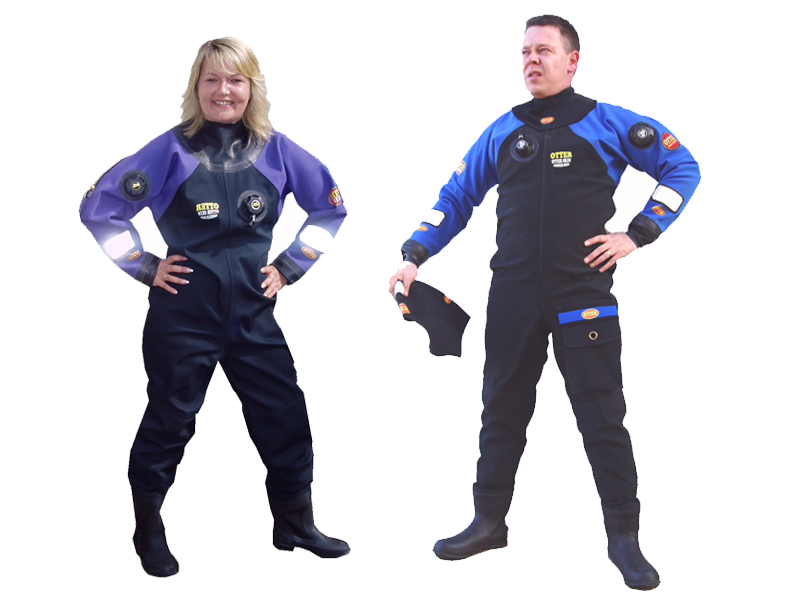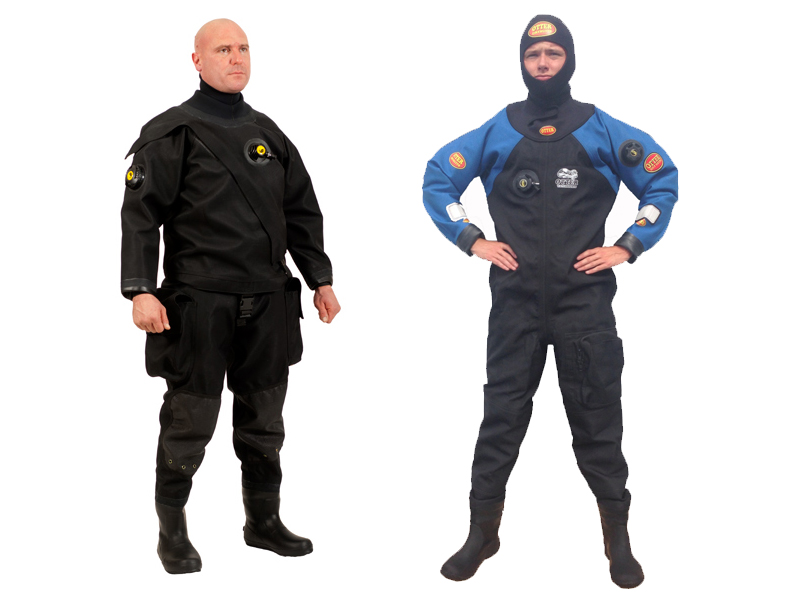Eco Friendly Neoprene Drysuits
Hyper Compressed
How it's made
The Difference
Special Lining
Why is Yamamoto Neoprene the best
Progressive Technology
In addition, as we informed, our YAMAMOTO Neoprene material is not petrochemicals but are from Limestone based on 99.7% calcium carbonate produced in the mountain for the cement materials. It reserve is estimated possibly available enough for next 3,000 years. Throughout the processing and production, only the hydro-electricity is employed, free from environmental pollution. The waste heat is made use for the nursery of eels.
The material can be processed, to its low viscosity at low temperature. It is precisely controlled at below 0.5 Centigrade. Special compound to match limestone.
The brief processing method of the limestone is to make acetylene gas spring up by burning the tire and to liquefy it by the chemical polymerisation, then to dry it to chips.
Japanese special technology to convert the limestone to the rubber is to protect the Earth environment.
Newly born production
Benefits of Neoprene Drysuits
No Coldness
Clear Mind
No Struggling
Full Mobility
No Wind Chill
Dive Year Round
Good Quality
No Specialist Undergarments
More Diving
Some of our customer comments
-
I have been diving in Oceandry drysuits since 1999, and in 16 years of hard use and a couple of thousand dives I am still only on my second Bravo. As a full time underwater cameraman I can be in the water day after day for hours at a time, often moving very little while waiting for a particular shot, but my Oceandry Bravo has kept me warm, dry, and functioning through long cold dives in Fiordland, South Australia & Tasmania, cage diving with Great whites in the far south and winter diving in southern lakes.
- Dave Abbott, Cameraman
-
5 ocean dry suits later, after thousands of dives in harsh New Zealand conditions , these suits have proven to be robust and well supported ,with great after sales service. Looking forward to getting number 6!
- Bruce Lines, Manager, NZ Diving Services
-
I’ve had my Bravo drysuit since 1996, and after one replacement zip I’m finally up for a new one. I’ve decided to try the Freedom, with the front entry zip. I have no hesitation going back to Oceandry. This is a quality NZ made product, and the durability is outstanding. I’m looking forward to getting another 20 yrs out of my new one!
- John Aiken, Mt Maunganui
-
I have been using my Bravo Oceandry drysuit diving on the farm in the Marlborough sounds for the past 6yrs. I have tried other dry suits but have found this suit to be robust, hard wearing and easy to use. Worn during the winter months it has provided protection against the cold water routinely reaching temperatures of 11 degrees. When replacing our teams Drysuits recently we were provided with great customer service and after purchase support from Paul and Marianne.
- Jason Watene, Field Team Manager, New Zealand King Salmon
Membrane Drysuits
To stay warm in a membrane suit, the wearer must wear an insulating undersuit, today typically made with polyester or other synthetic fiber batting. Polyester and other synthetics are preferred over natural materials, since synthetic materials have better insulating properties when damp or wet from sweat, seepage, or a leak. (Except for wool, which is an effective insulator when damp, albeit bulky.)


Reasonable care must be taken not to puncture or tear membrane dry suits, because buoyancy and insulation depend completely on the gas pockets in the undersuit (whereas a wetsuit normally allows water to enter, and retains its insulation despite it). The dry suit material offers essentially no buoyancy or insulation itself, so if the dry suit leaks or is torn, water can soak the undersuit, with a corresponding loss of buoyancy and insulation.
In warmer waters, some wearers wear specially designed membrane dry suits without an undersuit. These are different in design, materials, and construction from dry suits made for cold water diving.
Membrane dry suits may also be made of a waterproof and breathable material to enable comfortable wear when out of the water for long periods of time. Sailors and boaters who intend to stay out of the water prefer this type of suit.

